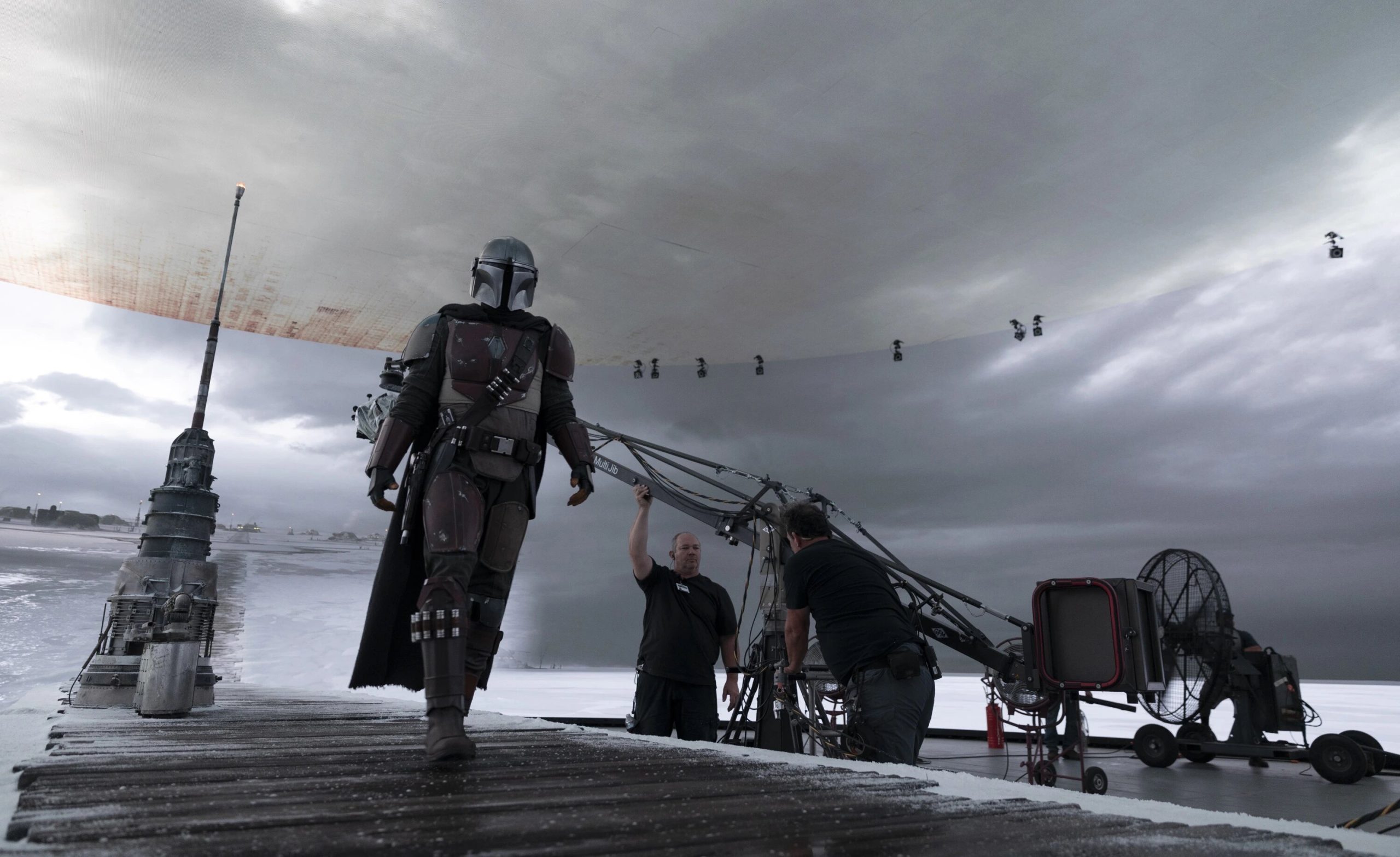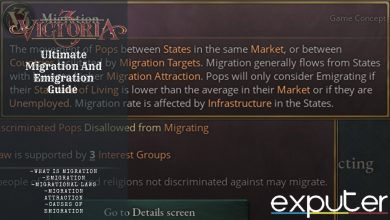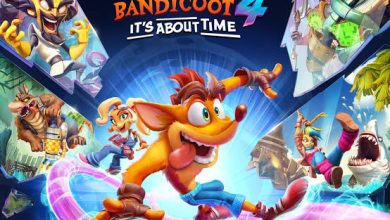Entertainment media has changed a lot over the past decades. Movies, video games, and TV shows have gone from employing low-quality special effects to creating hyper-realistic visuals out of nothing. Gaming is now one of the biggest industries on the planet, so it’s safe to say a lot has changed.
Most of the time, changing trends and tech advancements interchange between these mediums. For example, the progress of motion capture gadgets in the gaming industry has helped develop the practice in films and vice versa. This kind of overlap has helped all of these industries develop.
Life of Pi, a popular Oscar-winning movie, used CGI tech used in games for its visual effects. As a result, it won an Oscar for Best Cinematography in 2012. The eminent Star Wars TV series The Mandalorian also uses tech from the gaming industry in its production.
ILM employed StageCraft tech instead of green screens in the show. As it turns out, Epic Games’ Unreal Engine 4 is a big part of this innovation. Unreal Engine was utilized to make CGI surrounding and project them on nearby LEDs, creating a more realistic display.

Most of the series was shot by pointing cameras at UE4 displays, showcasing the importance of gaming tech in one of Hollywood’s biggest shows. Hence, these industries exchange trends, technology, and even directors with the likes of Michael Bay and Guillermo Del Toro diving into game development. But some trends in the film industry haven’t caught up here, and one of them is shared universes.
Since the inception of the MCU in 2008, big-budget shared universes have been all the rage in Hollywood. Everyone from TV Networks to major film studios is trying to make their billion-dollar franchise. Big-name characters from different shows/movies coming together, crossing over, and sharing a single universe is the basis of this.
Even books employ this trend now, with fantasy series getting countless spin-offs. Surprisingly, however, gaming has not adopted this franchise model till now. There are no big crossovers or protagonists of several popular IPs having a shared multiverse.
Of course, fan theories and game devs have confirmed some popular games share a video game world. But, they never crossover or acknowledge each other’s existence. That is of course true for all but one gaming entity: RemedyVerse.
Remedy Entertainment’s Shared Universe
Developer Remedy Entertainment has made quite a name for itself in the gaming world. For a company with only 2 studios worldwide, it has made some magnificent IPs like Max Payne, Control, and Quantum Break. However, the title which set up the crossover between Remedy games was none other than Alan Wake.
A cult classic, the action-adventure game came out in 2010. Due to its blend of horror elements with objects of mythical power, Alan Wake was a unique experience for players. This peculiarity was its best asset as the title became an instant hit with the fans.

It had the Nolan-Esque mind-bending story, which became a trademark of Remedy games, and an interesting protagonist to lead it. Alan Wake made several year-end lists of the best games of 2010, garnering universal acclaim. But, even with this rave reception, the Remedy title fell short of its sales target.
What was going to be Alan Wake II turned into the Xbox One-exclusive Quantum Break. Remedy’s universe didn’t take shape until their 2019’s action-adventure title called Control. Being another experience that was going to venture into the abnormal, hype for the game was significant.
Like Alan Wake, Control was a critical darling and was a popular hit with brilliant world-building and story elements. It also surpassed its predecessor financially as it boosted Remedy Entertainment’s revenue a lot post-release. As of November 2022, it has sold 3 million copies, resulting in a sequel announcement.
But, probably, its most unprecedented feat was in the form of a post-release DLC. Fans had already been theorizing Alan Wake took place in the game world of Control. And their theories came true in the game’s second DLC, AWE.

It was a crossover with Remedy’s Alan Wake in which we discover both games are present in the same world. Not only does this DLC crossover the protagonists of two major AAA IPs, but it also shows us a glimpse of Alan Wake after years. Our protagonist Jesse Fayden has to fight the main villain of Alan Wake, Emil Hartman, as he combines with Control’s main antagonist, The Hiss.
This was a major game-changer as two separate populate IPs crossing over is a rare sight in the gaming world. Not only does it create hype among the fans, but it also ramps up interest in the IPs. Remedy confirmed Alan Wake II a year or so after his return to Control.
Games have done crossover like this before between two popular entities of developers. Assassin’s Creed and Watch Dogs had a crossover in the 3rd game of the latter franchise. But, the crossover was only 2 story missions and not as well-built and thorough as the RemedyVerse crossover.

So, as we have seen, video games can only benefit from such shared universes. Then why does it not happen more?
We Need More Shared Universes In Gaming
Games like Control and Alan Wake provoke thought about how much our industry will benefit from shared universes. The hype surrounding popular characters sharing the same world has taken movie fanfare up a notch. Such an effect can also be present in gaming if publishers decide to give their most popular IPs a common origin.
For example, Insomniac Games is developing the upcoming Wolverine game for PlayStation. The developer is also popular for making the Spider-Man PS4 game in 2018, and its upcoming sequel. You can imagine how much a game crossing over the two characters would sell.
In the Marvel Universe, both of these characters crossover a lot, so why shouldn’t gaming take this route? Interest from the general consumer base will skyrocket in such a collaboration, leading to more sales. Control already showcased this effect by reintroducing Alan Wake and thus increasing anticipation for the sequel.
Such shared universes will also lead to more opportunities for storytelling and better narratives. No one is saying that gaming should get its own Avengers: Endgame now. But, bringing two or more renowned characters together after several games of world-building could result in some terrific storylines.

The general public loves crossovers and big events. Giving them such titles with multiple flagship protagonists will result in record-breaking sales. Hence, any way you look at it, whether it is narratives or commercial significance, shared universes seem like a treasure gaming needs to unlock.
Someone from Red Dead Redemption 2 showing up in LA Noire could lead to a myriad of stories. Unlike movies and TV shows, it doesn’t have to be just cameos or fan service for the sake of fan service. The length of video games can allow these characters and their relationships to flourish, providing character development alongside fan hype.
Summary
Everybody knows gaming is the biggest entertainment industry on the planet. But even the giants can improve and get better as time goes by. Diving into shared universes and keeping its biggest titles with similar themes in the same universe is the next logical step for the major publishers of the industry.
No one is asking for an MCU copy, but missions, DLCs, or expansions based on such collaborations would do wonders. Just imagine what a meticulous and thought-out Doom/Wolfenstein project will be like. The gaming industry can only bank on the hype shared universes create and hence creating them should be a no-brainer.
Thanks! Do share your feedback with us. ⚡
How can we make this post better? Your help would be appreciated. ✍



